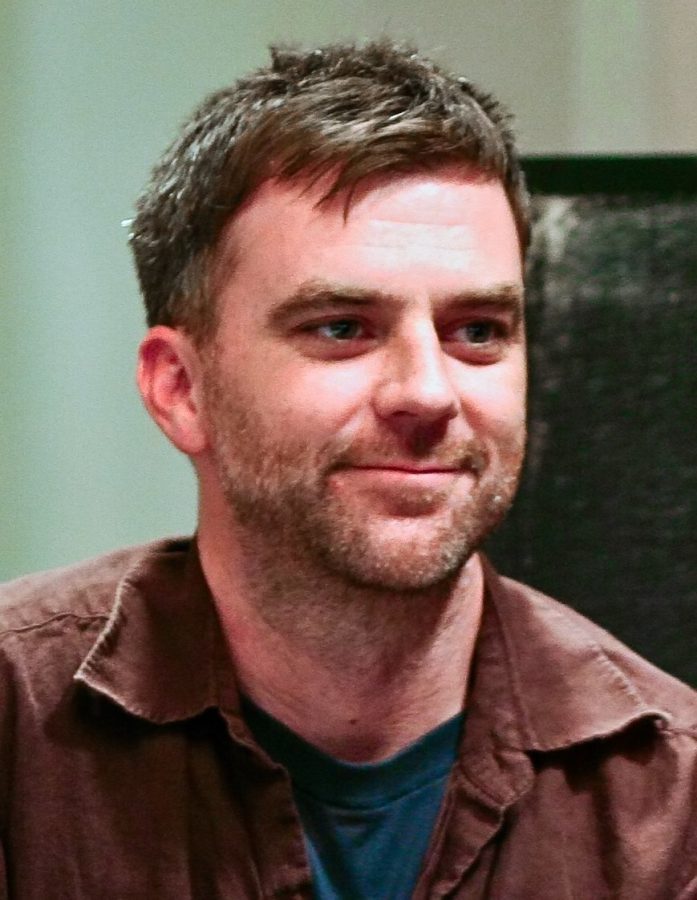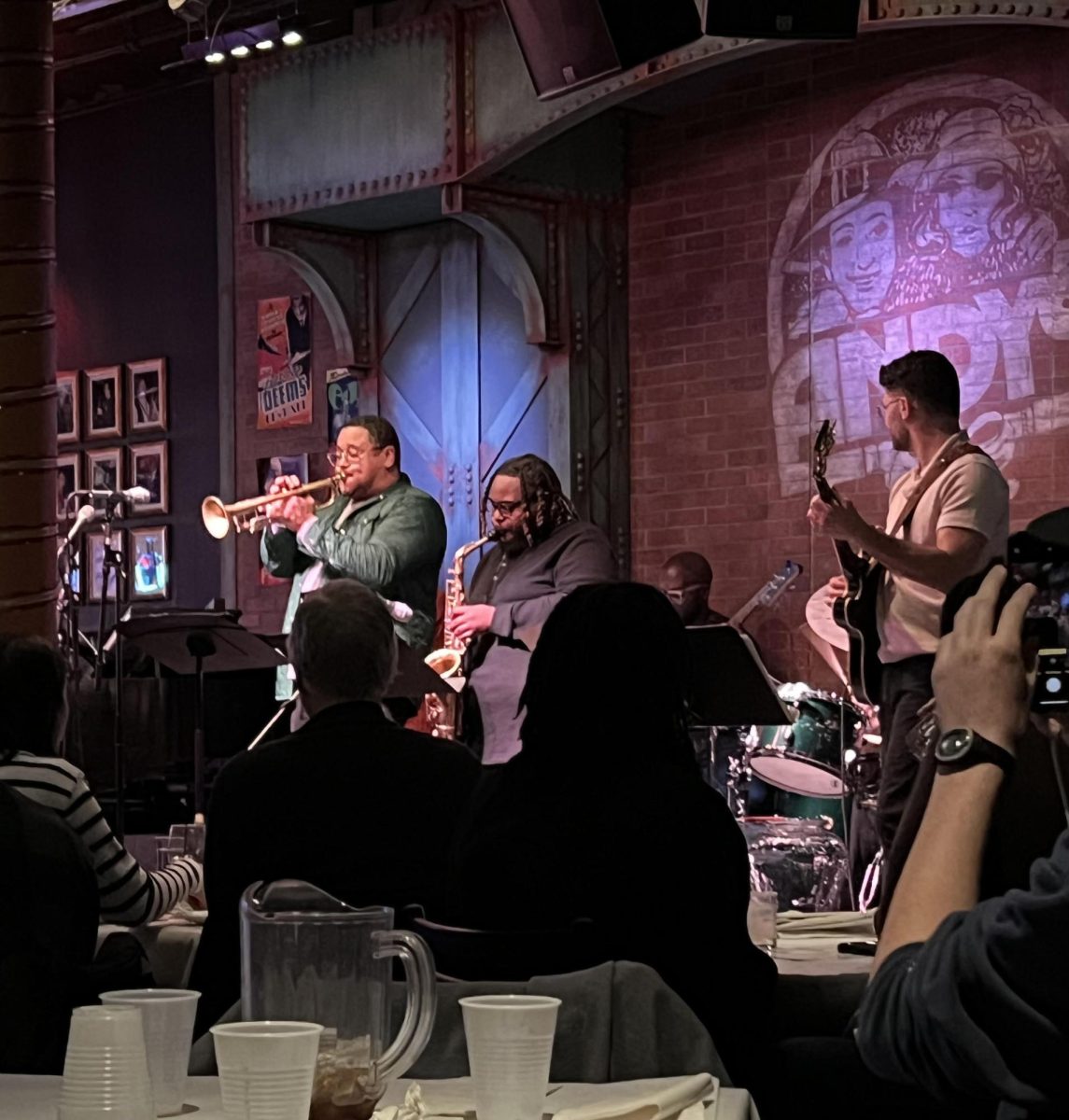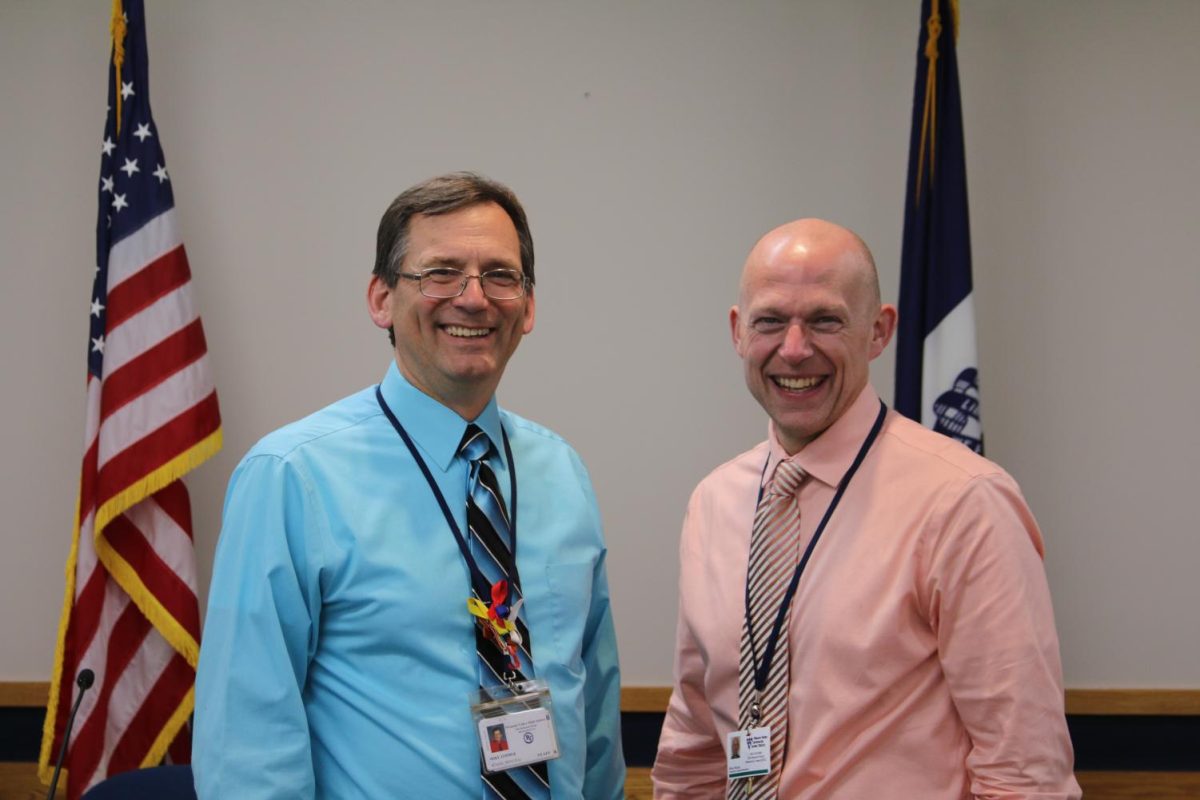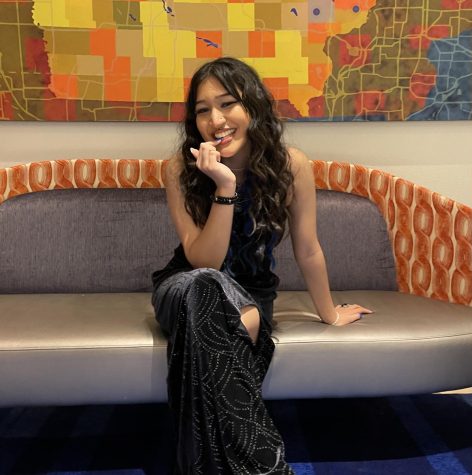Famous Oscar-nominated filmmaker Paul Thomas Anderson received criticism for one of his most recent films “Licorice Pizza” primarily due to the romantic relationship between a 15-year-old boy and 25-year-old woman being a central point in the story.
Though it also received acclaim and multiple award nominations from critics, both fans of the director and newer audiences feel weary about the 10-year age difference between the characters. Age gaps may exist in the real world, but where should artists and audiences draw the line when it comes to depicting and enjoying them in entertainment media?
The coming-of-age drama “Licorice Pizza” takes place in the ‘70s and features a 15-year-old boy named Gary Valentine who, on his high school picture day, meets a 25-year-old photographer named Alana Kane. They start dating, and the narrative follows the ups and downs of their relationship, with the difference in their ages characterizing some of the film’s main points about living vicariously through someone in a different stage of their life.
Senior and filmlover Carson Meenan enjoyed the movie. “It was a very sincere story, people see it as promotion of pedophilia, but I think it is just about people that are trying to find their places in the world,” he said. “There is a boy that is trying to be all old, and then there is the adult trying to be a kid again.”
Meenan’s commentary reflects the human experience: there is beauty in translating real life into fiction. He recognized the difference between promotion versus portrayal of stories with age gaps between characters. Meenan noted that part of creating this distinction comes from the mood and tone of the cinematography.
Though English teacher Robyn Samuelson has not seen “Licorice Pizza,” she gave insight from her personal experience and opinion about age gaps in romantic relationships. “There is this idea that when one person has reached intellectual and emotional maturity, like when you are 25, your brain is as developed as it can get. I think it can be easy for one party to be manipulated in a relationship when someone is so young,” she said.
Most of society frowns upon differences in ages within relationships, and many even consider gender to play a role in how age gaps are portrayed in the media and can affect the young and impressionable.
Senior Josephine Olderog commented on how many are more likely to accept relationships between young women and older men. “Many seem to think that since girls – as a generalization– mature faster than boys intellectually and emotionally, it is normal and not surprising that younger women will want to get with men much older than them. While this may be true, perhaps we have normalized men not having to mature until a later age, which is what should be changed in order to address the larger issue at hand,” she said.
In addition, Olderog thinks “that it is commonly understood among men that younger women are more valuable, so when older men can get with younger women they are fulfilling their prescribed role in society.”
It is not as though either men or women specifically are to blame in situations like these but, rather, that society has assigned specific values that men must express and women must express, resulting in predetermined notions about how human beings should behave and desire in relationships.
With the existence of these prescriptions, people are able to commodify and profit off of desire. Michel Foucault wrote about this concept in his book, “The History of Sexuality.”
Despite her assertions about inappropriate age gaps in relationships, Samuelson recognized the repressive nature of how society characterizes desire. “There is the whole idea of the agency of people, and I think that we do, to a certain extent, prescribe what is appropriate for people to like or be attracted to, and I do think some of those prescriptions are limiting,” she explained.
Though it does not excuse the glorification of pedophilia and grooming in media or the normalization of it in real life, these prescriptions attach meaningless value to something arbitrary, like making 18 years old the age when someone is no longer a minor and free to date whoever they want. They may also explain the preconceived averseness people have to same-sex relationships or even the promiscuity and scandolous perception of any type romance involving sex.
Not only does the intent of the creator matter, but the manner in which an individual chooses to interpret their work plays a role in how age gaps and other taboo topics manifest themselves in society. When it comes to allowing humans to express and portray desire both in fiction and the real world, discourse around the issue of promotion versus repression may never end.















